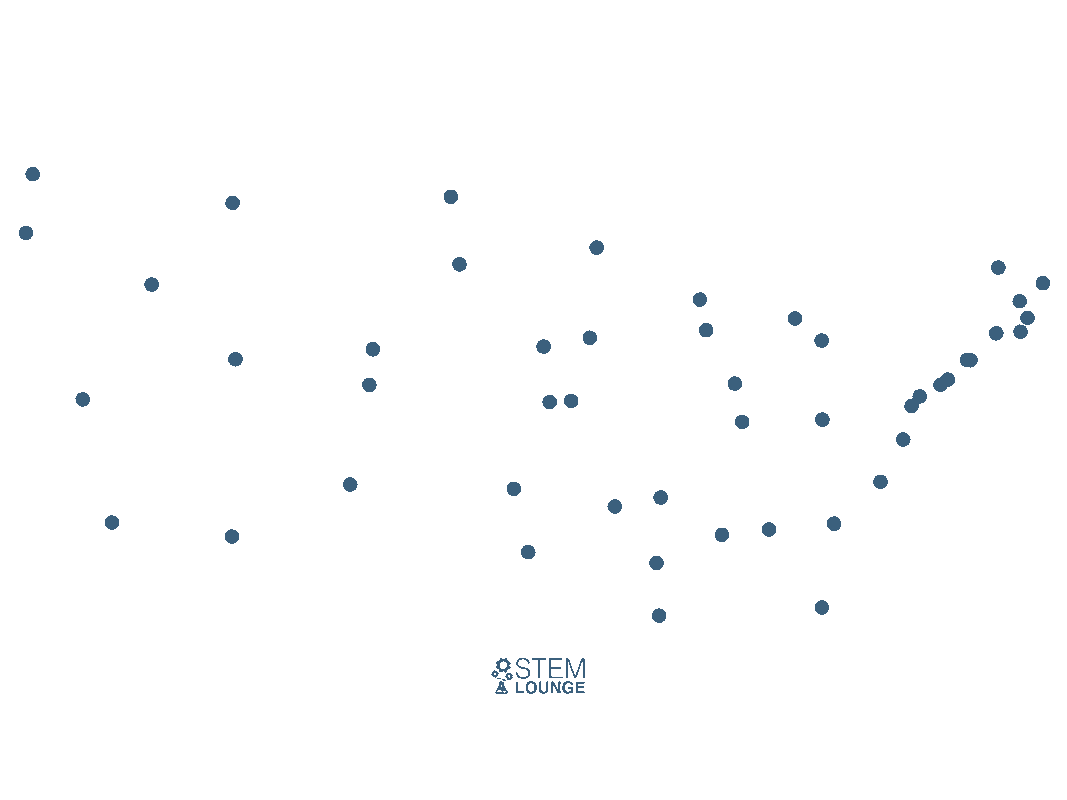Circuit constraints in constraint programming using google or Tools
Circuit constraints are used in constraint programming to force an Hamiltonian circuit on a successor array. They are used commonly in industrial applications such as the vehicle routing problem (VRP) and the travelling salesman problem (TSP). There’s a great GIF on STEM lounge for visualizing the TSP.

From Francis and Stuckey:
If we consider the graph G with a vertex ui for each variable vi and edges (ui, uj ) where j is in the domain of vi, a solution to the circuit constraint is a Hamiltonian cycle of G
They are used to model changeovers in the JSSP where there must be at least x minutes between two tasks being processed on the same machine.
Changeovers in the job shop scheduling problem
Changeovers are commonly used in manufacturing where between two successive tasks on a machine some time has to be given for cleaning the machinery, swap parts to manufacture different kind of products etc.
Changeover constraints are different from precedence constraints in that they have to be applied to machines between tasks whereas precedence constraints are applied within jobs i.e between every task in a single job.
Modelling changeover constraints in OR-Tools requires the AddCircuit constraint.
It’s always useful to read the documentation for any code that you are using. Looking at the arguments for the AddCircuit constraint, we see that the input is a list of arcs. An arc is a tuple (source_node, destination_node, literal). The arc is selected if the literal is true.
Looking at an example of transition times between tasks we see that there are 2 for loops for implementing this. The first for loop loops over all the tasks assigned to a machine. First a initial arc is created from a dummy node to a task.
arcs = []
for i in range(len(job_intervals)):
# Initial arc from the dummy node (0) to a task.
#This creates an arc from the dummy node (0)(source node) to the next task
# (destination node) assigned to the machine
start_lit = model.NewBoolVar('%i is first job' % i)
arcs.append([0,i +1 , start_lit])
#Final arc from an arc to the dummy node
#This creates an arc from the last task to the dummy node
end_lit = model.NewBoolVar('%i is last job' % i)
arcs.append([i + 1 , 0 , end_lit ])
#We loop again though all the tasks assigned to the machine
for j in range(len(job_intervals)):
if i == j:
continue
#This boolean variable indicates which tasks follows which task
lit = model.NewBoolVar('%i follows %i' % (j, i))
arcs.append([i + 1, j + 1, lit])
#Add condition that if same resources are to be used for the task then block 300 minutes for cleaning
if machine_resources[i] != machine_resources[j]:
transition_time = 300
else:
transition_time = 10